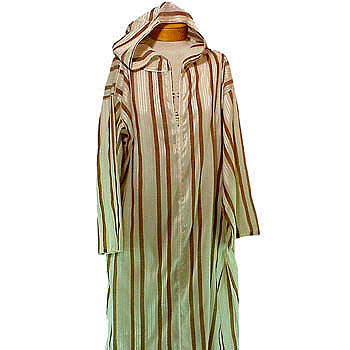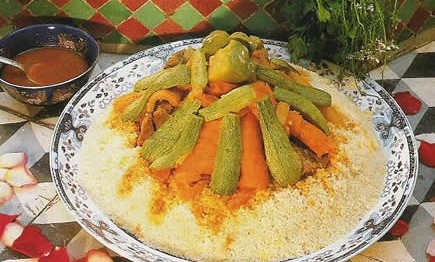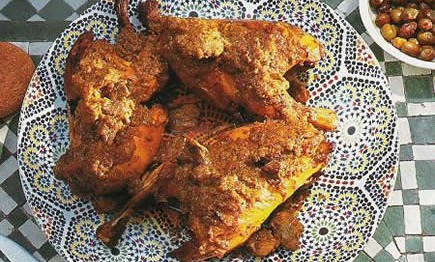morocco culture
Etiquette in Morocco
Moroccan people are among the most hospitable people in the world. They are warm, open and make fast friends with everyone. It is not unlikely to receive an invitation to their home just moments after you meet them. However, Moroccans, like all other people have their customs and taboos. It is good to know how to interact with them and follow proper etiquette while moving about the country.
Dressing & Public Behavior in Morocco
Morocco is a Muslim country, and modest dress is the norm. While there has been some significant Westernization of clothing styles, even the latest fashions are given a modest take in this country. Many women wear the traditional djellaba and headscarf, yet it is common to see younger girls and women who wear jeans and T-shirts.
As a visitor, you certainly aren’t expected to wear traditional dress, but covering up your shoulders and upper arms, not wearing anything above the knee, and keeping all parts of your midriff covered would be a good way to show you respect the culture of modesty present among the locals. To keep cool in the warmer climate, keeping your garments loose not only adds to a modesty factor, but will also keep you cooler during the day as well.
For men, it is also a good idea to consider modesty as well and keep with the same lines of women’s dress in keeping the shoulders covered and not wearing a pair of shorts that go above the knee.
In more rural areas, it is better for both men and women to consider covering up even further by wearing long, loose pants or an ankle-length skirt. For women, covering more of the arm with at least a ¾ length sleeve is also a good idea. If you are planning to attend a mosque, this dress, as well as covering the hair would be necessary. Additionally, both men and women need to remove their shoes before entering a mosque.
On most beaches, swimsuits are acceptable, but should only be shown once on the beach. If you must change, doing so in one of the available changing rooms or restrooms is more appropriate than doing so on the beach.
In addition to the way you dress, take into consideration certain behaviors in public. For instance, public displays of affection between the opposite sexes are not common and still a bit taboo. Men and women should keep a bit of distance between themselves when walking along the street. However, it is customary for men to hold hands of their male friends and family members when walking along the street and the same goes for women. This is purely platonic as homosexuality is still quite taboo in Morocco.
In many instances, a woman taking a seat at the male-dominated cafes is also still considered unacceptable. However, this is less so for Western women, and if you really want to visit a cafe, try sitting at one of the tables on the inside section and not the seats along the sidewalk.
In general, it is best for a woman not to go out alone if possible. Having a male companion, or at least another female will ward off lewd comments and inappropriate actions from local men, which is unfortunately, all too common.
If you happen to visit Morocco during Ramadan, you would not be expected to fast from food and drink as the Muslims do from dawn until dusk. However, it would be very offensive to eat in public so you should plan meals and travel around being able to eat in a private space. You should also note that most restaurants and cafes during the day, so finding food to eat may prove more difficult than eating it in public anyway.
e,hercules cave,hercules cave morocco




